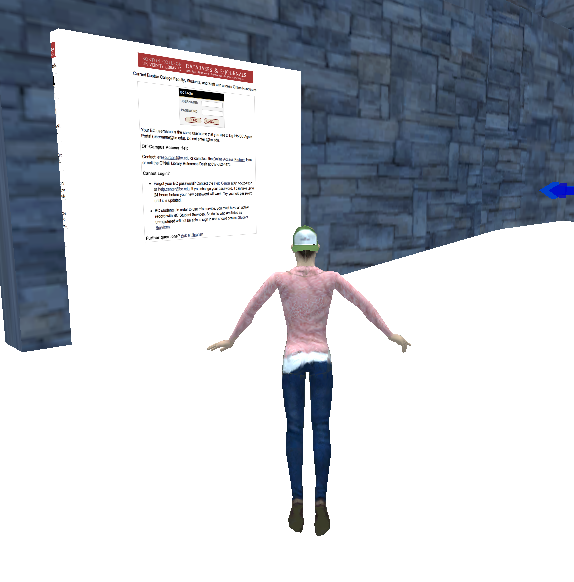The way augmented reality enriches
our ability to learn in that we can create spaces economically. For instance, I can build a library that
others can enter in a fraction of the time and cost. Another factor is that many people can travel
and enter this space without having to physically travel.
Once they are within the space, the
content provides them with in-depth and interactive learning experience. They are able to participate through their
avatar, enlivening their experience through the creation of a new
character. Immersive education field
trips are ways that people can come together and have a shared experience in a
learning environment from various locations in the world.
Another
description involves harnessing the power of science in virtual learning
environments. If the space is perfectly
catered to suit the laws of our world, then it can provide a beneficial
approach to the sciences for those without the proper tools. The caveat is that in this case, you need the
real experience of a Bunsen burner creating different colors of flame in
reality. Otherwise you are quite removed
from experience itself and at the fault of human coders.
Overall,
creating virtual learning environments brings people together that could not be
brought together, in spaces that could in no other way be actualized. It has the ability to be coded and provide
the tools necessary for learning a variety of skills and knowledge. If allowed the space and nourishment to grow,
these innovators of virtual environments could benefit society in many great
ways by enabling new ways of learning.
Source:
Source:
































